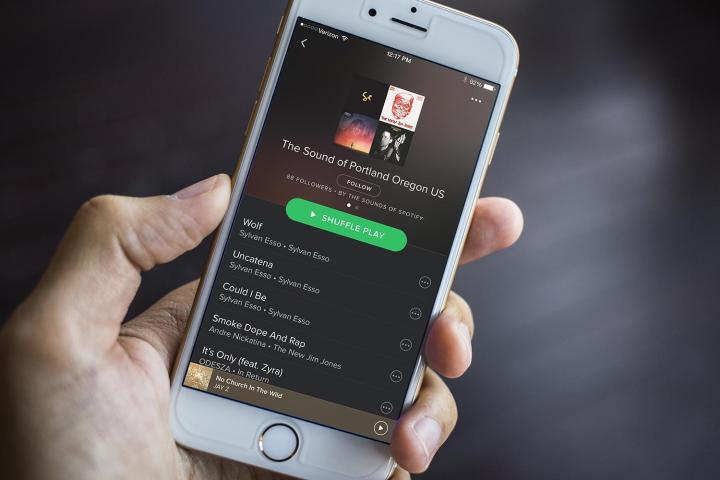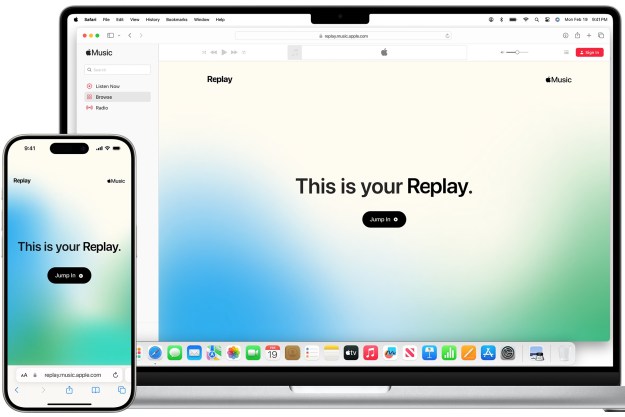
After much backlash, it appears Spotify may finally budge and give some artists the ability to release albums only to paying Spotify Premium subscribers. The market-leading on-demand streamer reportedly told music executives about the new feature in “private talks,” according to the Wall Street Journal, and explained that its initial roll-out will be a “test.”
Currently Spotify requires artists on the service to offer their music to both paying subscribers, and free, ad-supported (dubbed ‘freemium’) users, the latter of which account for at least 55 million of Spotify’s 75 million active users at last count.
This ‘everything freemium’ model, as U.K. trade publication Music Business Worldwide calls it, has resulted in some blockbuster artists, including Taylor Swift, Radiohead, and many others to boycott the system. Swift has been particularly vocal against Spotify’s freemim policy, calling Spotify a “grand experiment” in an interview last year, and pulling her music from the service.
Most recently, Coldplay allowed only paid music streamers like Apple Music, Tidal and Rhapsody the rights to stream the band’s new record A Head Full of Dreams for the first week after its December 4 release date. The band will, however, give Spotify the rights to stream the record beginning on Friday.
It’s not just artists who have complained about Spotify’s freemium tier, though. Major record labels have advocated against the model, asking Spotify to limit the amount of music that free users can access according to various reports. “Ad-funded on-demand is not going to sustain the entire ecosystem of the creators as well as the investors,” said Universal Music Group CEO Lucian Grainge over the summer according to the Financial Times. On average, Spotify’s paying subscribers bring in nearly 10 times as much revenue as the platforms much larger allotment of free users.
Yet, it sounds like Spotify isn’t fully conceding to artists and record labels yet. The service is still “100 percent committed to our model,” said Spotify exec Jonathan Prince to Music Business Worldwide. “We believe that a free, ad-supported tier combined with a more robust premium tier is the best way to deliver music to fans, create value for artists and songwriters, and grow the industry.”
We’ll keep you updated on how this all shakes out.
Editors' Recommendations
- What is Amazon Freevee? The free streaming service explained
- Tidal vs. Spotify: Which music streaming service has the features you need?
- Spotify’s new Desktop Miniplayer is a godsend for multitaskers
- Spotify adds music videos for Premium users in a handful of countries
- The upcoming sports streaming service is a textbook case of a ‘trollout’


